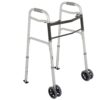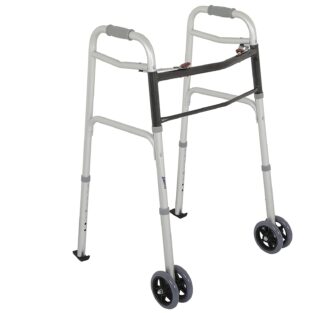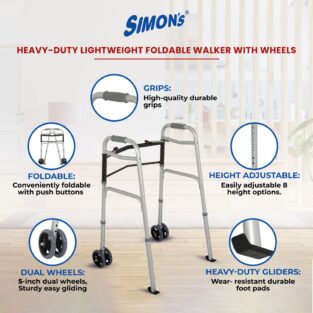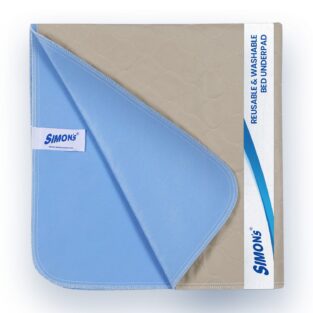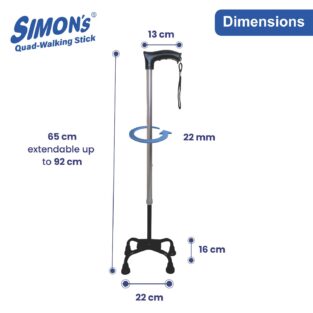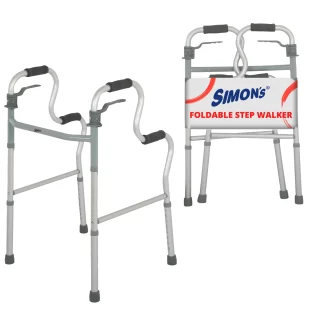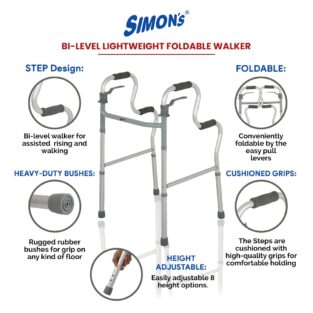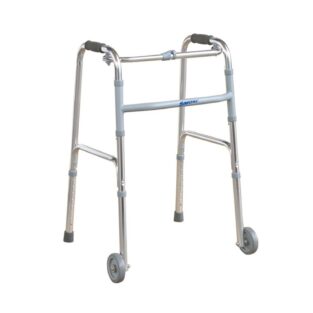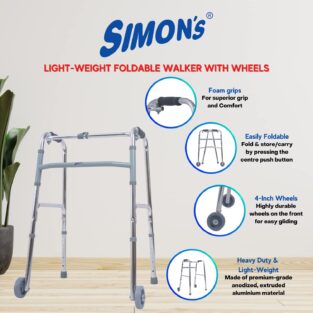Mobility Aids
Devices are called mobility aids and it is made to give people who have trouble moving more flexibility and independence. Mobility aids are typically used by those with disabilities or injuries, older folks who are at higher risk of falling, or both. Users using these gadgets have more independence, experience less discomfort, and experience greater confidence and self-esteem. To accommodate people’s needs, a variety of mobility aids are available, ranging from wheelchairs and stair lifts to canes and crutches.
A mobility aid is a tool created to assist persons who have mobility impairments in moving around or to generally improve their mobility.
There are many walking aids available to help those who have trouble walking, and wheelchairs or mobility scooters are available for people with more severe disabilities or for longer distances that would otherwise need walking. The white cane and guide dog have been used for many years by those who are blind or visually impaired. Other aids can be used to help with transfers or mobility inside a building or in areas where there are variations in level.
The term “mobility aid” has typically been used to refer to low-tech mechanical devices. The phrase can also be seen in official papers, such as those that discuss different types of tax breaks. It describes those gadgets that allow for a degree of independence of movement akin to that of unsupported walking or rising from a chair.
Who can use a mobility device?
Mobility aids are beneficial for anyone who has a mobility impairment, whether it is short-term or long-term. The kind of mobility aid employed depends depend on the user’s requirements.
People with arthritis, cerebral palsy, and other conditions may benefit from mobility aids.
- developmental alterations
- diabetes wounds and ulcers challenges fractures or shattered limbs in the lower limbs balancing issues
- lung or heart problems
- sprains and strains in the legs, foot, or back
- walking impairment brought on by a stroke or brain injury
- impairment of vision or blindness
Mobility aids are devices or equipment designed to help people with disabilities or injuries to move around more easily and independently. There are many types of mobility aids available, including:
- Canes: A cane is a simple mobility aid that can be used to provide support and stability when walking. Canes are available in different styles, including straight, offset, and quad.
- Walkers: A walker is a mobility aid that provides more stability than a cane. Walkers come in various styles, including standard walkers, rolling walkers, and knee walkers.
- Crutches: Crutches are mobility aids that are used to support the weight of the body while walking. There are different types of crutches, including underarm crutches and forearm crutches.
- Wheelchairs: A wheelchair is a mobility aid that allows people with mobility issues to move around without having to walk. Wheelchairs come in different types, including manual wheelchairs, electric wheelchairs, and power-assisted wheelchairs.
- Scooters: A scooter is a mobility aid that is similar to a wheelchair, but it is powered by a motor. Scooters are often used by people who have difficulty walking long distances.
- Stairlifts: A stair lift is a mobility aid that is used to help people with mobility issues to go up and down stairs. Stairlifts are available in different styles, including straight stairlifts and curved stairlifts.
- Transfer aids: Transfer aids are devices that are used to help people with mobility issues to transfer from one position to another. These aids can include transfer boards, transfer poles, and transfer slings.
It is important to choose the right mobility aid for your needs and to ensure that the aid is properly adjusted and maintained to prevent accidents or injuries. Additionally, it is important to receive proper training on how to use the mobility aid and to practice using it in a safe and controlled environment.

